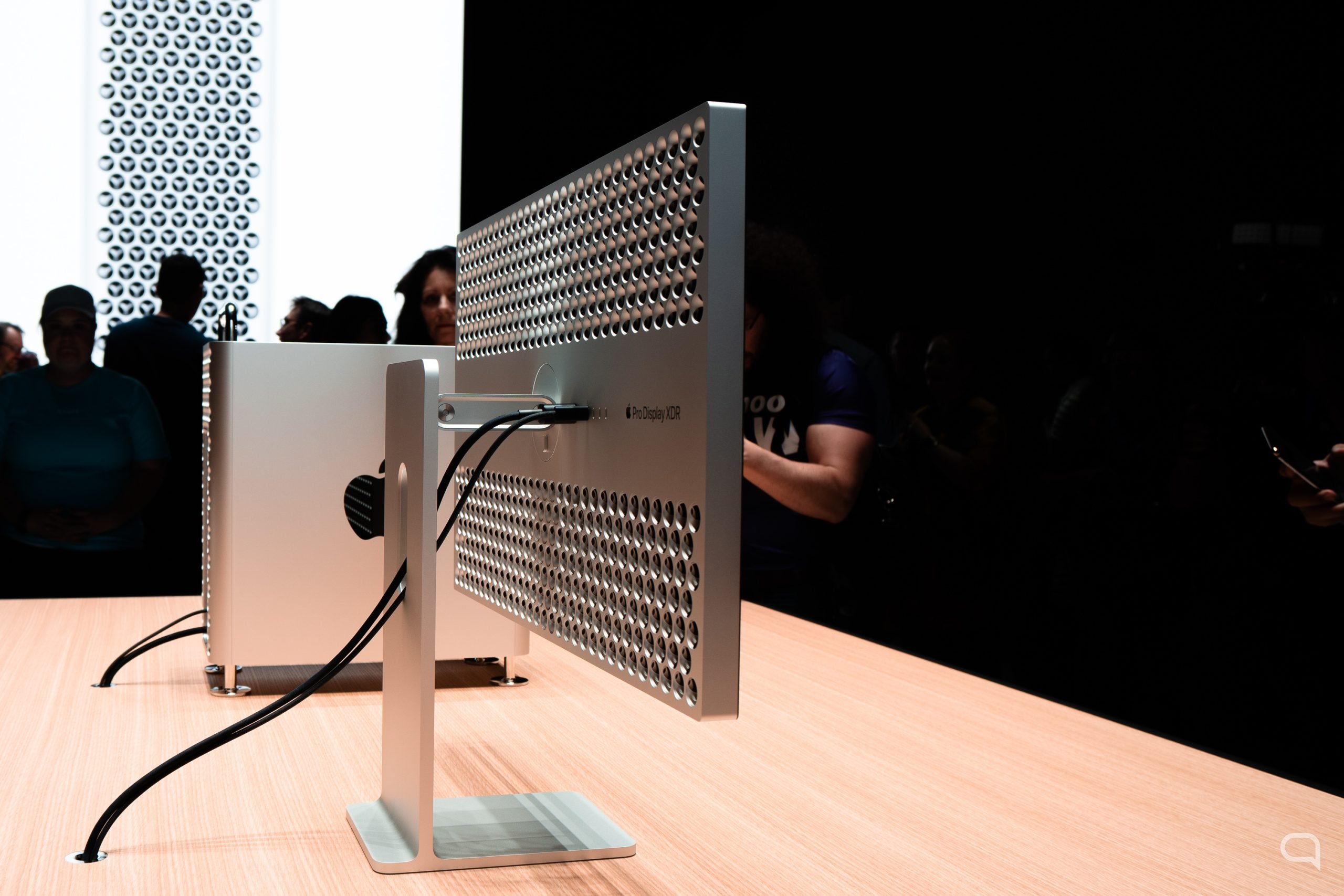Stone collected from the Sahara desert in Morocco can be classified as first known boomerang meteorite. The reddish-brown rock was to be blasted into space, where it remained for thousands of years before returning to Earth.
“There is no doubt that this is a meteorite,” said Frank Brenker, a geologist at the Frankfurt Goethe University in Germany. The challenge is to determine whether this object originated on our planet.– added a specialist who did not participate in the study.
Evidence for a candidate for the role of the boomerang meteorite was presented by scientists from the French National Center for Scientific Research at a recent conference. In accordance with spacethe study has not yet been published in an approved journal and has not been peer-reviewed by scientists.
Boomerang meteorite: 5 facts about the traveling rock
- The official name of this object N.W.A. 13188; Abbreviations refer toNorth West Africa”, due to the location of the find in northwestern Africa.
- It has the composition of terrestrial volcanic rocks. However, also presents the characteristics of rocks plowing space.
- One of its layers is shiny, melted on the surface, another clue to its possible presence outside of Earth.
- How could he leave Earth? It is assumed that the stone was launched into space after an asteroid hit our planet about 10,000 years ago.
- Scientists estimate that it could have spent more than 2,000 years in Earth’s orbit before re-entering the atmosphere.
NWA 13188, an earth rock that traveled through space
The object, which could be confirmed as the first boomerang meteorite – due to its remoteness and subsequent return – has an unusual composition. It has characteristics similar to Earth’s volcanic rocks, albeit with changes that could be explained by exposure to cosmic rays.
The concentration of light elements is “too high to be explained by processes occurring on Earth,” said Jérôme Gattaxeca, a geophysicist at the French Institute.
One of the events that should have started N.W.A. 13188 into space is the mentioned impact of the asteroid on our planet. Another possibility is a powerful volcanic eruption, although experts consider this unlikely. The record explosion of the Hunga Tonga volcano in late 2021 – early 2022 threw stones to a height of up to 58 kilometers. This distance is long before the boundary at which space is considered to be the beginning.
traces of space travel in a candidate for the title of the first boomerang meteorite appear in its composition. At the moment, geophysicists are faced with the problem of the exam. First, the content of these elements is higher than in rocks on Earth. However, they are much lower than compared to others coming from space.
“Boomerang” in the hands of a meteorite collector
The boomerang meteorite is in the hands of a specialist who has worked with gattaxeca. His name is Albert Jambon: Bought it at Minerals and Gems Fair in 2018. “I bought it because it was weird. No one knows what its value really is,” said this retired professor from the Sorbonne University.
It is not known exactly where NWA 13188 landed after returning to Earth, the source said. The Moroccan merchant was the one who sold the meteorite to Jambon and told him exactly where in the Sahara it was originally collected.
Research is progressing to confirm or refute the hypothesis that this is a boomerang meteorite. “Without a doubt, this is an extraordinary rock.. But it deserves further study before making extraordinary claims.”said Ludovic Ferrière, curator of the collections at the Vienna Museum of Natural History in Austria, who was not involved in the study.
This study needs to take into account the absence of a crater on the Earth’s surface, which indicates a collision with the asteroid that ejected NW 13188 into space, Ferrier said. In addition to this, if the boomerang’s behavior were to be confirmed, the rock would be added to a specific species that geologists call “terrestrial meteorites.”
Source: Hiper Textual











